Spouse(s) Kakusanni (覚山尼) Religion Jodo Shinshu | Children Hojo Sadatoki (北条貞時) Name Hojo Tokimune | |
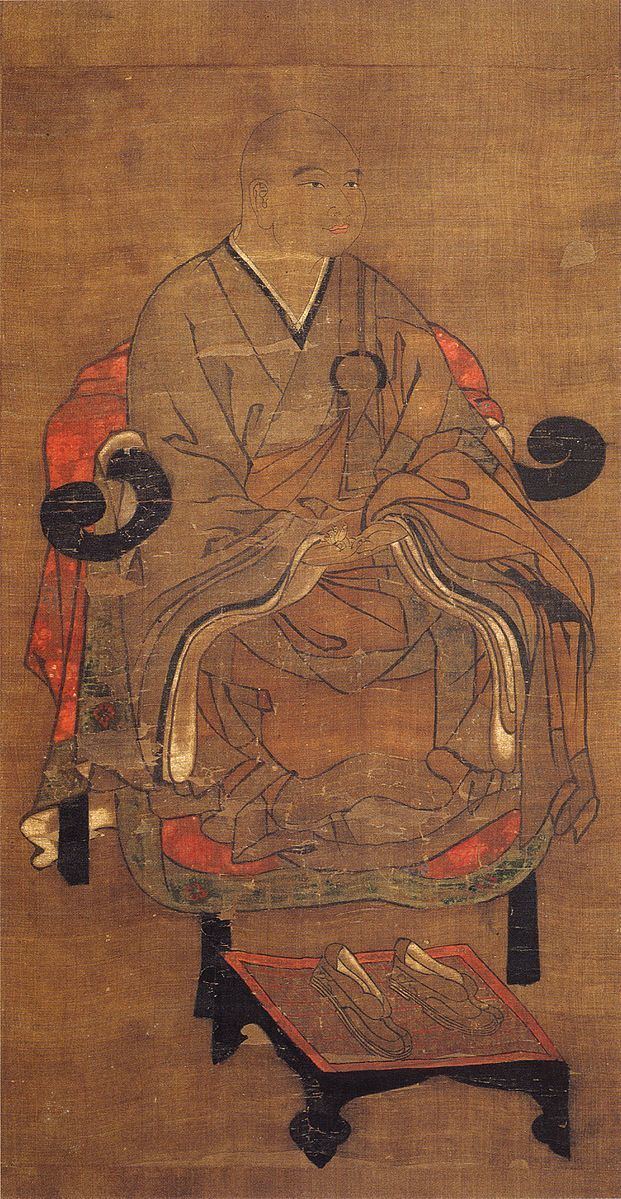 | ||
Born June 5, 1251 ( 1251-06-05 ) Died April 20, 1284(1284-04-20) (aged 32) Relations Siblings:Hojo Tokisuke, Hojo Munemasa(時輔, 宗政, 宗頼) | ||
Civilization VI Rise and Fall | Let's Play # 1 | Hojo Tokimune of Japan |
Civilization VI: Leader Spotlight - Hojo Tokimune
Hōjō Tokimune (北条 時宗, 5 June 1251 – 20 April 1284) of the Hōjō clan was the eighth shikken (officially regent (of shogun), but de facto ruler of Japan) of the Kamakura shogunate (reigned 1268–84), known for leading the Japanese forces against the invasion of the Mongols and for spreading Zen Buddhism.
Contents
- Civilization VI Rise and Fall Lets Play 1 Hojo Tokimune of Japan
- Civilization VI Leader Spotlight Hojo Tokimune
- Life
- Defiance of Mongols
- Zen advice
- In popular culture
- References
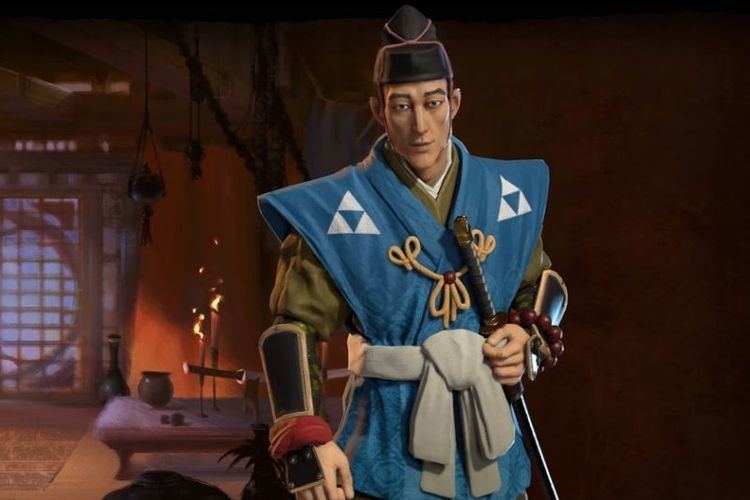
Tokimune was known to rule with an iron fist, and also eventually monopolized at one point all three titles of power, namely holding offices of tokus (head of clan, since birth), and rensho (Vice Regent). During his lifetime, the following seats of power: Japanese Emperor, Imperial Regent (sesshō), and Imperial Chief Advisor kampaku, and the Shogun, all had been completely marginalized by the Hojo Regents.
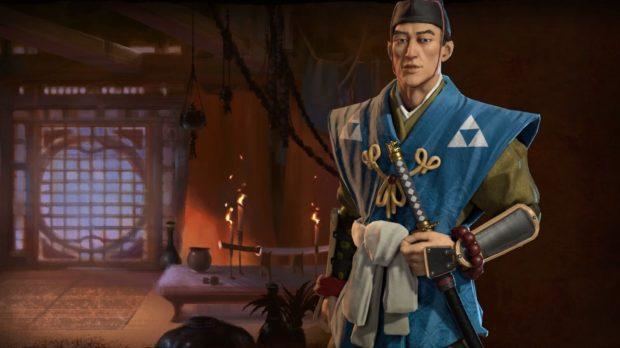
Life
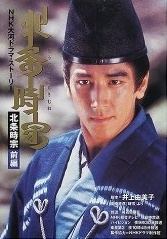
Born as the eldest son of the regent and tokusō Tokiyori of the Adachi House, Tokimune was born as tokusō and groomed to become the next ruler of Japan, and became a shikken at age 18.
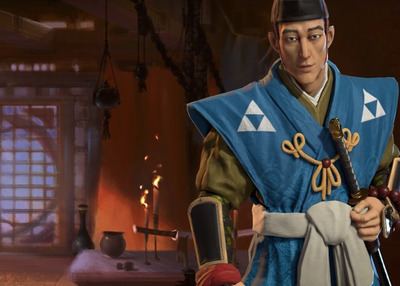
It is due to him that Zen Buddhism became firmly established in Kamakura, then later in Kyoto, and in the whole of Japan, especially among the warrior class.
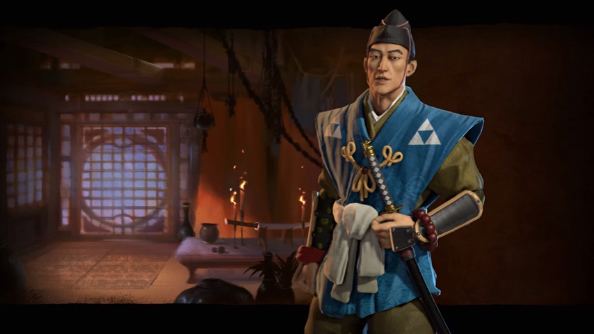
In 1271, he banished Nichiren to Sado Island.
Defiance of Mongols
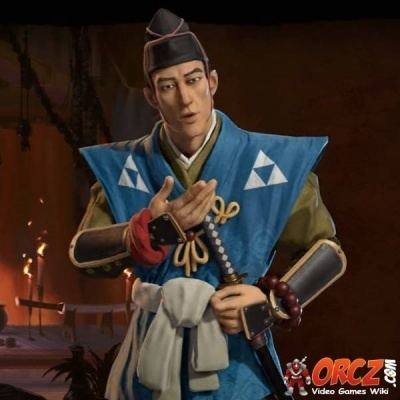
The Mongols had sent a threatening letter and emissaries to Japan in January 1268, and after discussion, Tokimune decided to have the emissaries sent back with no answer. The Mongols sent more emissaries time and time again: on 7 March 1269, on 17 September 1269, in September 1271 and in May 1272. But Tokimune had the emissaries of Kublai Khan driven away, without even permission to land each time. Soon after came the first invasion in 1274. But even after the failed invasion, five emissaries were sent in September 1275 to Kyūshū, and refused to leave without reply. Tokimune responded by having them brought to Kamakura and then beheading them. The graves of the five executed Mongol emissaries exist to this day in Kamakura at Tatsunokuchi. Then again on 29 July 1279, five more emissaries were sent, and again beheaded, this time in Hakata. Expecting an invasion, on 21 February 1280, the Imperial Court ordered all temples and shrines to pray for victory over the Mongol Empire. Kublai Khan gathered up troops for another invasion in 1281, which again was a failure, due in part to a typhoon.
Zen advice
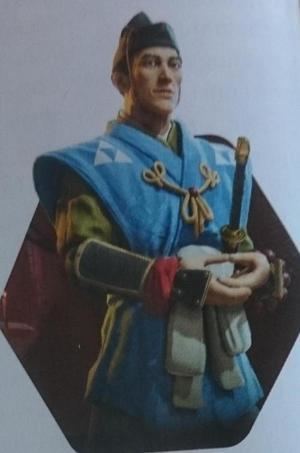
The Mongol invasion had been stopped by a typhoon (Kamikaze, "divine wind"), and the resistance of the new warrior class known as samurai. Tokimune planned and led the defence. Tokimune wanted to defeat cowardice, so he asked Mugaku Sogen (his Zen master) for advice. Mugaku Sogen replied he had to sit in meditation to find the source of his cowardice in himself.
When the Mongols invaded Japan Tokimune went to Mugaku and said: "Finally there is the greatest event of my life." Mugaku asked, "How do you plan to face it?" Tokimune shouted "Katsu!" ("Ha!") as if he wanted to scare all the enemies in front of him. Mugaku responded with satisfaction: "It is true that the son of a lion roars as a lion!"
When Tokimune died, Mugaku said he had been a bodhisattva, looked at people's welfare, betrayed no signs of joy or anger and studied Zen so that he reached enlightenment.
